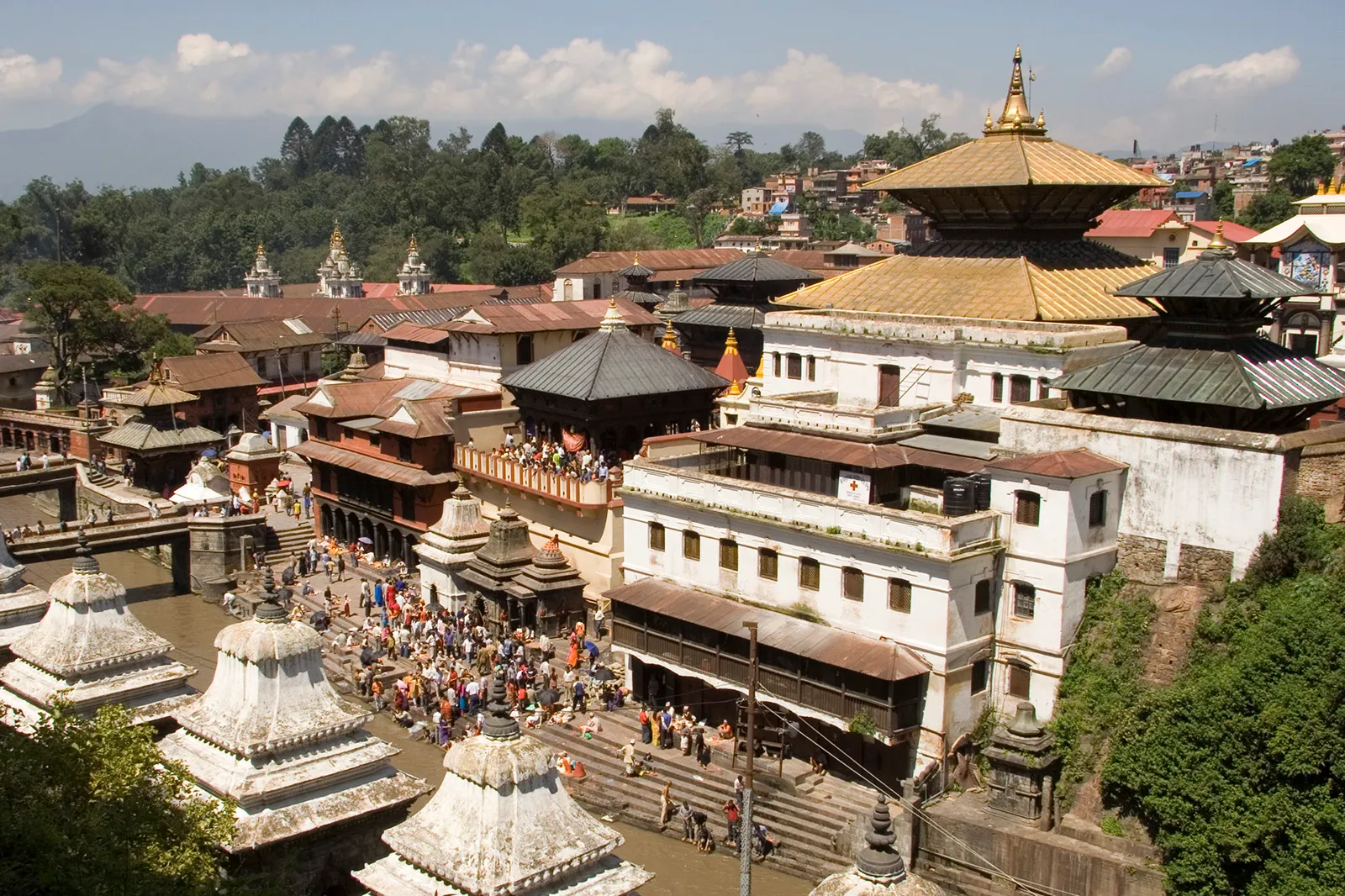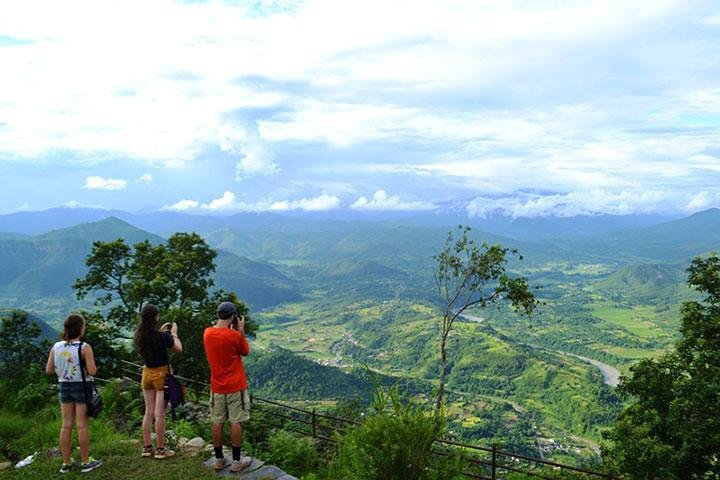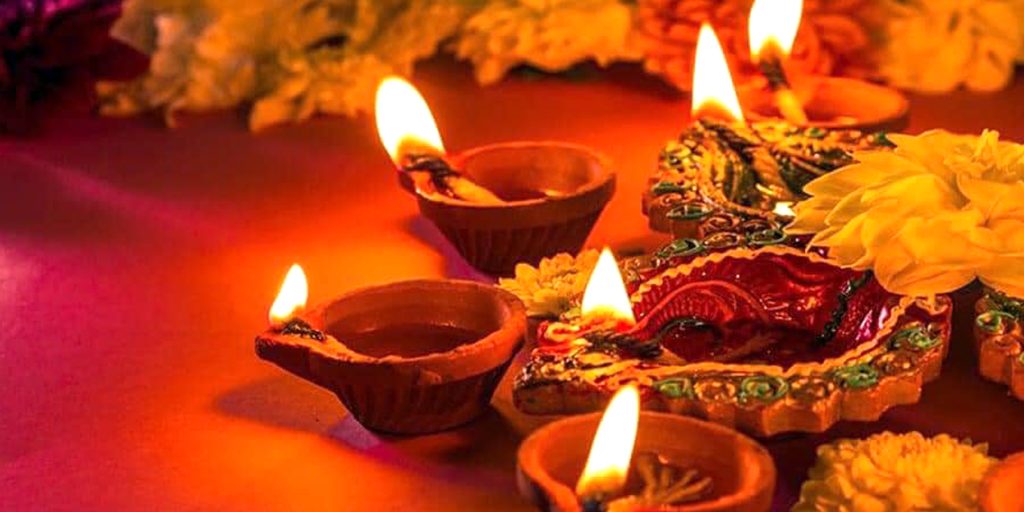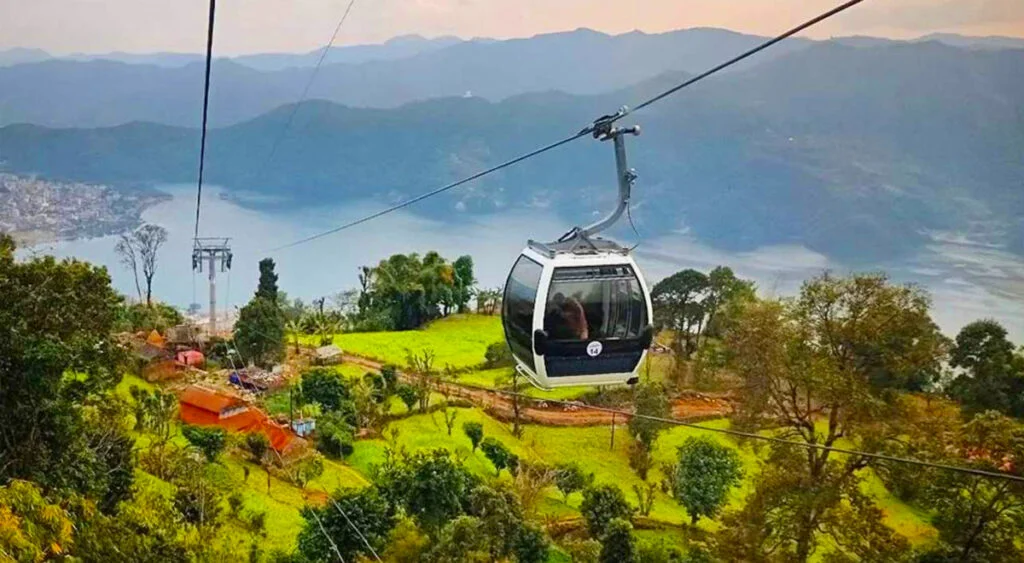Now Reading: Pashupatinath Temple: The Beating Spiritual Heart of Nepal
-
01
Pashupatinath Temple: The Beating Spiritual Heart of Nepal
Pashupatinath Temple: The Beating Spiritual Heart of Nepal

Among the many sacred sites across the Himalayas, few hold the power and reverence that the Pashupatinath Temple commands. Situated on the banks of the sacred Bagmati River in Kathmandu, this ancient temple is not just a place of worship—it is a living embodiment of Nepal’s spiritual, cultural, and historical identity.
Dedicated to Lord Shiva, Pashupatinath is more than a destination for pilgrims. It is a place where life and death coexist. It is where rituals meet philosophy, where travellers pause in awe, and where the divine is felt not just through chants and incense, but in the everyday rhythms of the temple grounds.
A Sacred Legacy: Origins and Mythology
The origins of Pashupatinath are veiled in mystery, legend, and ancient scriptures. It is believed that the temple dates back to at least the 5th century, although the site itself is much older. Some records and references suggest that Pashupatinath may have existed in some form even before 400 A.D., making it one of the oldest Hindu temples in the world.
According to popular Hindu mythology, Lord Shiva once took the form of a deer and wandered the forests of the Kathmandu Valley. Captivated by the beauty and tranquillity of the region, he chose to stay in the form of the animal in the forest now known as Mrigasthali, near the current temple site. The gods, desperate to bring Shiva back to his divine form, eventually captured him and identified this as a sacred place. The spot where his horn broke into four pieces became the site of the four-faced Shiva linga housed in the main sanctum of Pashupatinath.
This story is why the deity here is worshipped as Pashupati, or the “Lord of Animals,” an epithet of Shiva that emphasises his connection to all living beings.
Architectural Grandeur and Sacred Geography
The temple’s main structure is a two-tiered pagoda, built in traditional Nepali architecture using wood, stone, copper, and gold. The ornate gilded roof, finely carved wooden rafters, and silver-plated doors speak of the master craftsmanship of the Newar artisans. The temple is surrounded by hundreds of smaller shrines and ashrams, forming a spiritual complex that spreads across both sides of the Bagmati River.
Only Hindus are allowed to enter the inner sanctum, where the main Shiva linga resides. It is a four-faced linga, each direction representing a form of Shiva: Tatpurusha (east), Aghora (south), Vamadeva (north), and Sadyojata (west). These aspects represent the complexity of creation, destruction, protection, and the transcendental qualities of divinity.
The temple lies at the intersection of several cosmic ley lines, according to tantric beliefs. For many pilgrims and yogis, this site is not just holy, it is energetically powerful. Meditation, chanting, and penance performed here are believed to be magnified in effect.
Religious Significance: The Seat of Shiva
Pashupatinath is considered one of the holiest temples of Lord Shiva in the world. It is one of the four most important religious sites in Asia for devotees of Shiva, collectively called the Char Dham of Shiva—the others being Kedarnath (India), Mukti Nath (Nepal), and Tungnath (India).
Each year, especially during Shivaratri, Teej, and Bala Chaturdashi, the temple draws thousands of pilgrims from India, Bhutan, Sri Lanka, and other parts of the world. During Maha Shivaratri, the temple transforms into a sea of devotees and holy ascetics. Sadhus—mystic yogis painted in ash and dressed in saffron- gather in large numbers to chant, meditate, and honour the cosmic energy of Shiva.
For many, a pilgrimage to Pashupatinath is a spiritual obligation. It is believed that visiting the temple, bathing in the Bagmati River, and offering prayers to Shiva can cleanse lifetimes of karma and pave the way for liberation (moksha).
Death, Liberation, and the Sacred Fire
One of the most profound and moving aspects of the temple is its cremation ghats along the Bagmati River. For centuries, these stone platforms have served as a place for final rites and open-air cremations. Unlike the modern tendency to hide death, Pashupatinath allows death to be witnessed, embraced, and ritualised in public.
The Arya Ghat, the main cremation area, is considered so sacred that many elderly Nepalis wish to spend their final days in the temple’s hospice, so they may die within sight of the temple and be cremated on its banks.
It is believed that a body cremated at Pashupatinath gains direct passage to the divine realm of Shiva. As the smoke rises from the pyres and flows across the temple courtyard, it reminds all who visit that death is not an end but a continuation of the soul’s journey.
Cultural and Social Significance
Pashupatinath is not only a spiritual epicentre, but it is deeply woven into the cultural life of Nepal. The temple has been central to Newar traditions, Hindu festivals, and even royal rituals. In the past, the kings of Nepal would visit Pashupatinath before and after important events as a mark of divine approval.
The site also plays a significant role in preserving Sanskrit education, classical music, and Tantric practices. Monasteries and Vedic schools nearby offer instruction in ancient scriptures, while temple priests follow lineage-based training passed down through generations.
The temple complex also includes the Panch Deval (Five Temples), a sacred space that becomes an informal shelter during the Teej festival for women who gather in the thousands to sing, dance, and fast for the long life of their husbands.
UNESCO World Heritage and Conservation
In 1979, Pashupatinath was declared a UNESCO World Heritage Site, recognising not only its religious and historical value but also its architectural and artistic significance. Conservation efforts are ongoing, though challenges such as urban encroachment, river pollution, and modernisation continue to threaten the site.
After the 2015 earthquake, the temple stood firm while several nearby shrines were damaged. Many devotees saw this as a divine sign of Shiva’s presence and protection.
Experiencing Pashupatinath Today
Visitors to Pashupatinath often leave with more questions than answers—and that is part of its magic. Whether you come seeking spiritual transformation, cultural immersion, or simply curiosity, the temple has a way of confronting your assumptions and drawing you inward.
From the resonance of temple bells to the sight of an evening arati ceremony on the riverbank, every moment at Pashupatinath feels charged with meaning. It invites contemplation, humility, and a deeper connection to the eternal cycles of creation and dissolution.
Final Thoughts
Pashupatinath Temple is not just the heart of Hinduism in Nepal—it is a mirror of the human soul. It stands as a place where joy and sorrow, life and death, devotion and detachment all find space under one sky.
In a world that often chases spectacle over substance, Pashupatinath remains deeply real. It does not try to impress. It simply is—an eternal witness to the prayers, flames, and footsteps of millions across centuries.
If you ever find yourself in Kathmandu, make the journey to the banks of the Bagmati. You may come as a tourist, but you will leave as something more—perhaps a seeker, a thinker, or simply someone who stood close to the divine.














